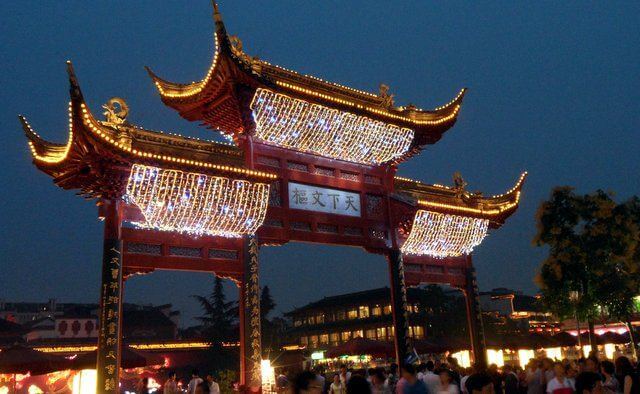
Nanjing (meaning ‘Southern Capital’) has traded roles with Beijing (‘Northern Capital’) as the capital of China for the rule of several dynasties, the last and probably final time being from 1927-1949. Situated on the southern bank of the Yangtze River it has now grown to around 5 million inhabitants and is the location of a number of nationally important historical sites. Taking all this into consideration, I’m not sure how it ended up being twinned with both Birmingham and Sunderland.
We stayed very close to a modern entertainment area called Nanjing 1912. This adopts its name from the year Dr. Sun Yat-sen led the Xinhai revolution to overthrow the Qing Dynasty and create the Republic of China with Nanjing as the capital. The 1912 area is now located next to the old headquarters of the Chinese Nationalist Party, known as the Presidential Palace, where the flag of the Republic of China still flies.
In 1937 the Japanese army invaded Nanjing and over 6-8 weeks systematically raped and killed the inhabitants of the city. Estimates of the death toll vary considerably, but the official Chinese figure is 300,000 civilians although the Japanese dispute this, some even claiming it never happened and was an invention of the Chinese wartime propaganda machine, whilst at the same time convicting two former soldiers of running a contest to see who could be the first to kill 100 people with just their swords1. World War 2 is still a highly controversial point in Sino-Japanese relations. It’s obvious that most Chinese still harbour a deep hatred for the Japanese, a sentiment echoed in South Korea and the Philippines.
Commemorating this period is the Nanjing Massacre Memorial Hall. This consists of an outside area with a wall listing the names of the known reasons, leading to a coffin shaped tomb where the skeletal remains of hundreds of victims can be seen.
On a more cheery note, the Confucius Temple is located in central Nanjing. Once the civil service testing centre for the region this nearly 1000 year old building is now a shadow of its former importance and is surrounded by a labyrinthine array of tacky tourist shops and awful restaurants. To the front of the temple is the Yangtze River, where tourists can jump on one of the popular riverboats without necessarily knowing the history of the custom. With brothels being banned from the town, enterprising businessmen set up floating barges full of accommodating ladies and the sounds of pleasure often disturbed the government examinees, which could be locked in for three whole days completing their tests.
To the side of the market surrounding the Confucius temple we found a small square of street food stalls, with such delicacies as perfectly fried squid and grilled mutton kebabs nestled in between boiled fish lips and something green on a stick. Everything we tried was delicious, even the Chinese version of a Doner kebab. Strips of bright red meat were carved off an upright rotating spit and placed into a (slightly mouldy) flatbread then topped with enough spicy pickled vegetables to hide the true nature of the meat.
The following day we went out to the Purple Mountain where Dr. Sun Yat-sen, mentioned above, has his very impressive mausoleum. It’s overpriced, but a decent walk up a lot of steps gets you a great view of the city, smog permitting.
1. https://secure.wikimedia.org/wikipedia/en/wiki/Contest_to_kill_100_people_using_a_sword

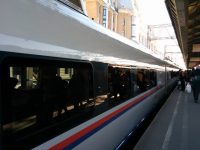
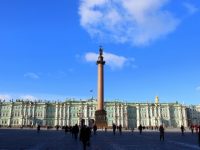
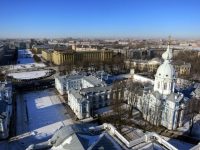
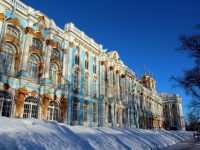





Really enjoy reading your posts. Thank you!!
http://www.inaier.blogspot.com